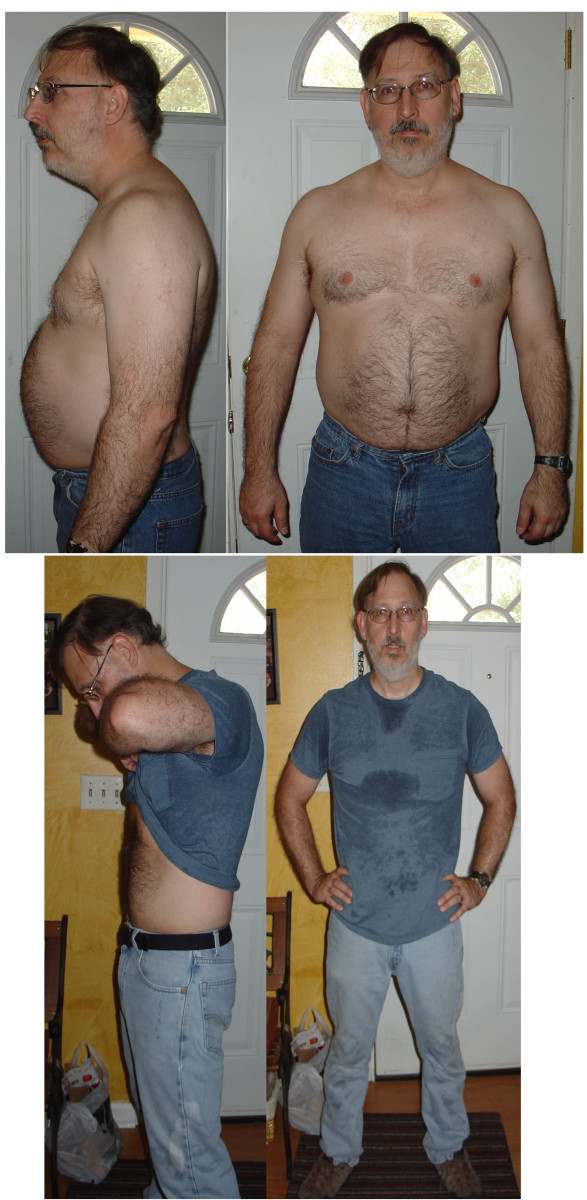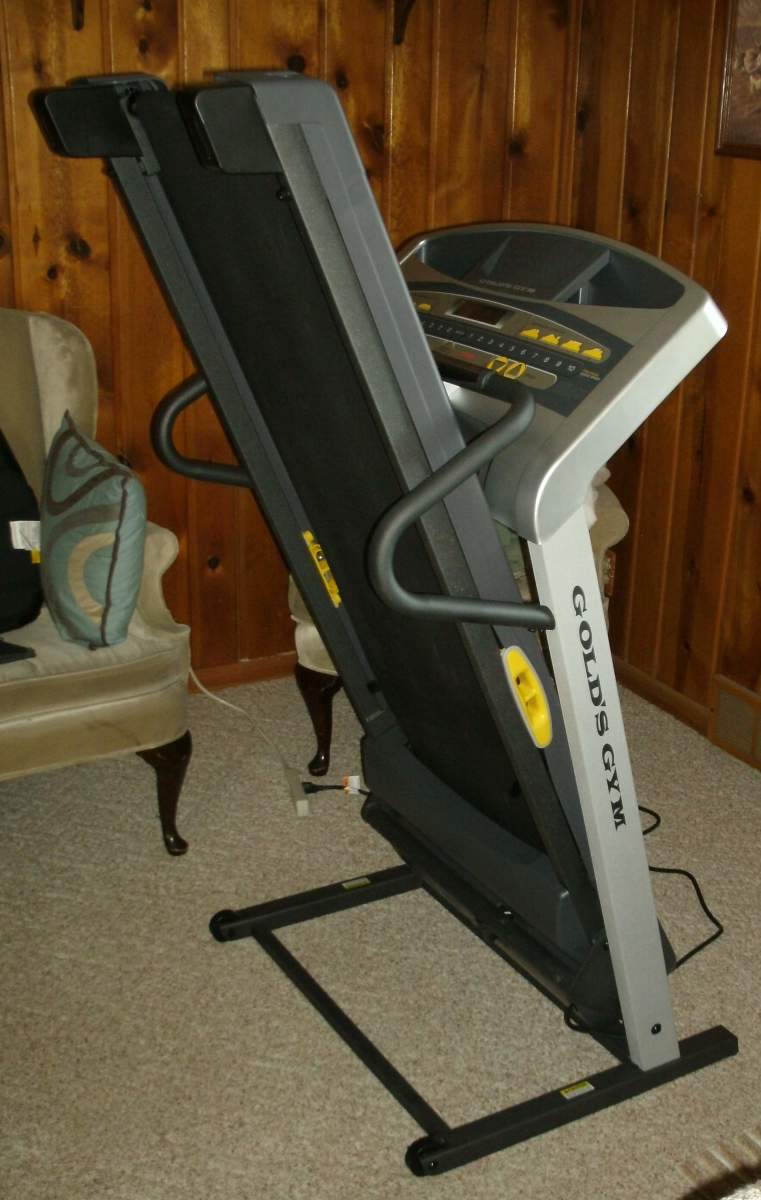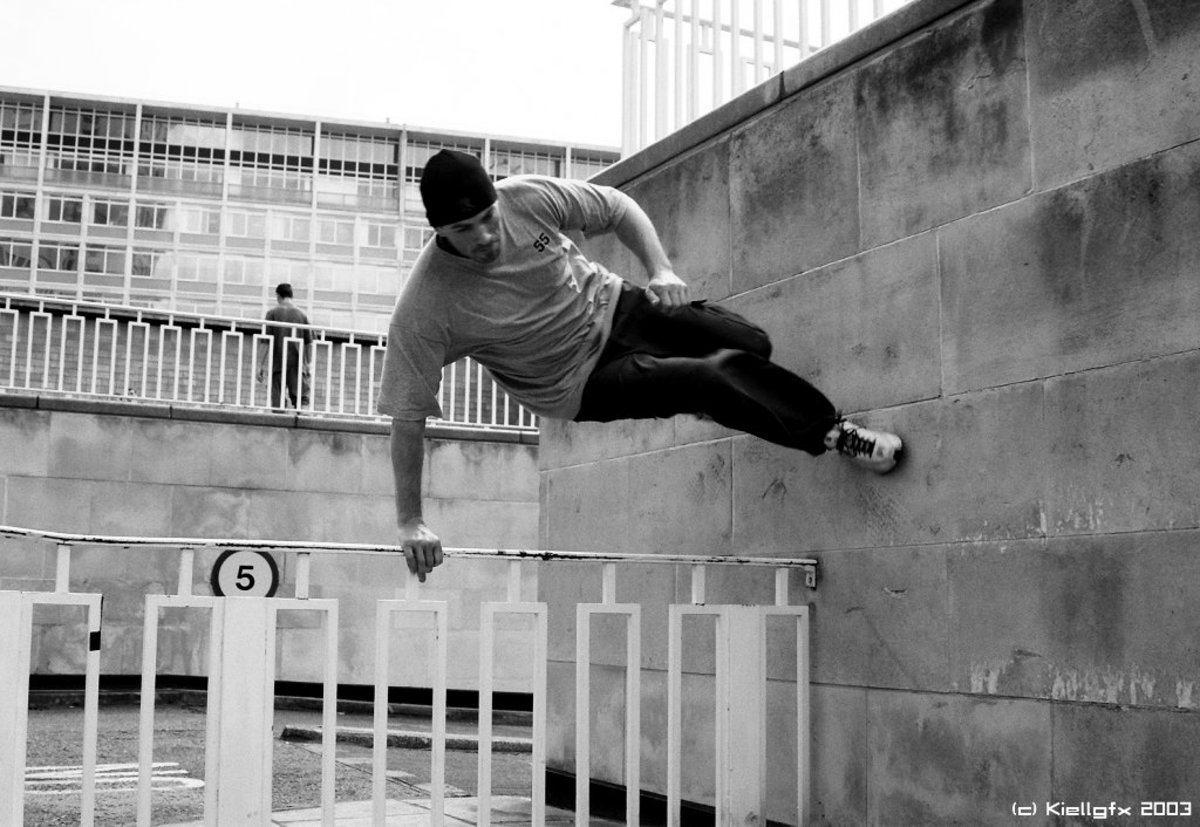How to Create an Exercise Routine to Slim Down or Bulk Up
Exercising
When exercising the way you workout matters. The duration, intensity, amount of time between sets, the pace of the exercises, the number of muscles you workout and how long you stick with the same routine all influence the results. If you don't know how to exercise to get the results you want then you could be built up your endurance when you wanted to increase your strength or become bigger when you wanted to slim down.
Repetitions and Duration
When you exercise you usually do the same set of motions over and over again. They are referred to as repetitions or reps. For push ups one rep would be lowering yourself close to the floor and then pushing yourself back up to the starting position. With reps less is more and more is less. If you want bigger muscles do a small number of reps. If you don't want bigger muscles do a large number of reps. Do a moderate number of reps if you want a little more muscle.
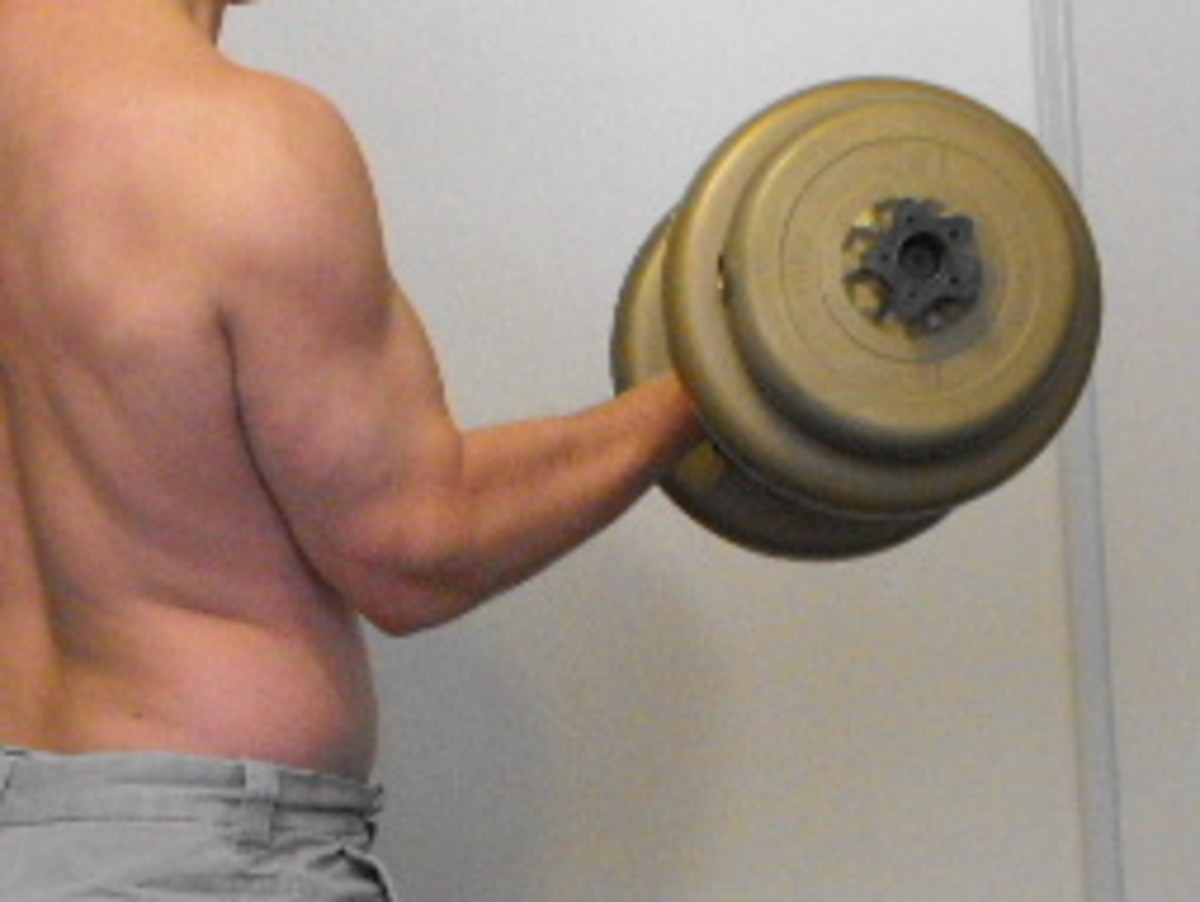
Not only does the total number of reps matter but also the number you do before taking a break. Doing 12 reps taking a break and then doing another 12 is not the same as doing 24 reps in a row. When working out to get bigger stronger muscles I do sets of 6 to 12 for bodyweight and weightlifting exercises. With cardio you can't easily count the reps. So the focus is on the length of time. As with reps less is more. Short workouts are good for bulking up and long workouts are good for slimming down.
Breaks
Breaking up an exercise changes the results you get. You can change it from an endurance exercise to a strength exercise. Take lots of long breaks to focus on strength. Take a few short breaks to focus on endurance. Improving your strength increases the size of your muscles a lot more than increasing your endurance. So focus on strength if you want to bulk up and endurance if you want to slim down.
An alternative to taking a break is to reduce the amount of effort you are putting into it. Interval training is when you alternate between high intensity and low intensity exercise. You can change the pace for cardio or the amount of weight for weight lifting. Switching to the less intense exercise gives you a chance to recover without stopping. Another option is to give your muscles a break while working out other muscles. For instance you can alternate between working out your arms and working out your legs.
Intensity
Intensity refers to the level of effort. High intensity exercises strain your muscles. Low intensity exercises don't. Straining your muscles is how they get stronger. You strain your muscles, give them time to recover and then strain them again. As a result of straining your muscles you can build up your strength, your endurance or both. Obviously you should be trying to strain your muscles if you are trying to bulk up. If you are trying to slim down you could choose to build up your endurance or you could try to avoid straining your muscles so they don't get any bigger.
Workouts that are not very intense don't cause you do bulk up but they don't cause you to slim down either. Intense workouts burn more calories. I would consider lifting light weights or easy cardio exercises a waste of my time. For a fat loss workout it is better put some effort into it. The intensity should be high or moderate. When you are done the workout you should feel like you reached your limit.
Fat
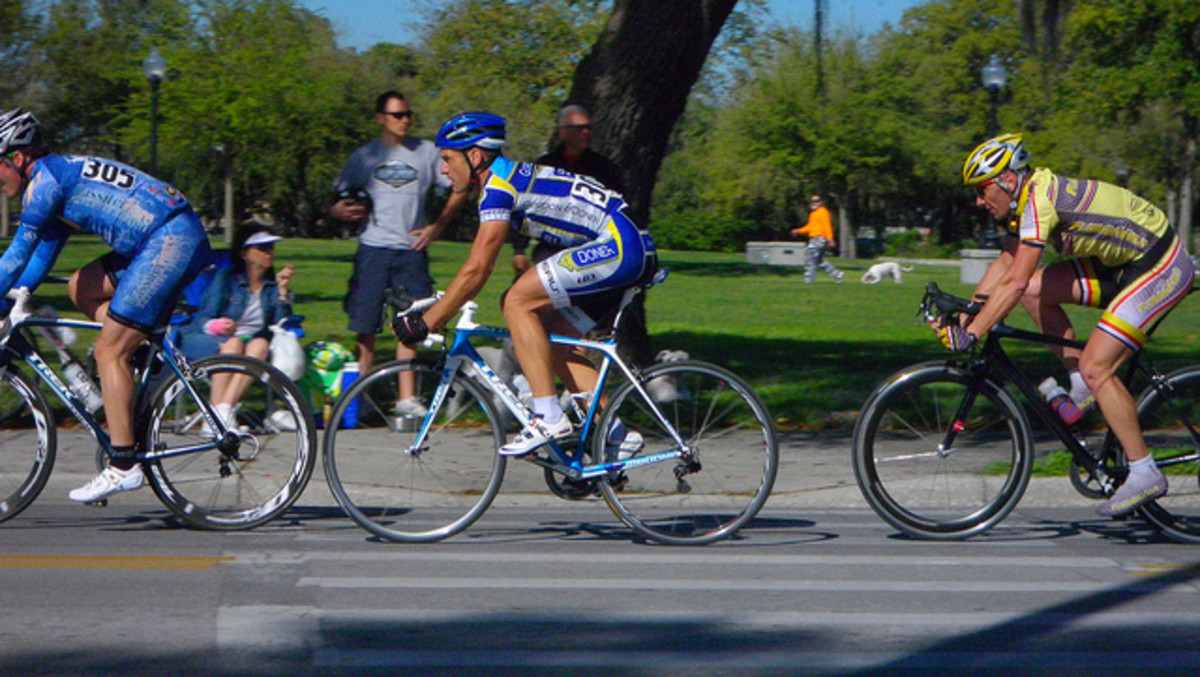

Any exercise that uses up a lot of energy is good for getting rid of fat. It does not matter if you are lifting weights, doing bodyweight exercise or doing cardio. It also does not matter if your focus is on strength or endurance. You can not target where the fat comes off. So there is no need to focus on exercising the area where you want to get rid of the fat. Workout larger muscles groups to burn more calories and lose fat faster.
Fat covers the muscles and makes them look bigger. It also provides you with energy and is useful for building muscle. You need a surplus of calories or fat to build muscle. If you don't want to lose fat as fast as possible then Isolate the muscles so you burn fewer calories. A bicep curl burns fewer calories than a pull up. Using a bench or weight machine burns fewer calories than using free weights.
Slimming down implies fat loss but losing fat and slimming down is not exactly the same thing. You can gain weight, build muscle and become bigger while getting rid of fat. A workout routine for fat loss could make you bulkier. You can also slim down without losing fat by losing muscle. Some slim people are skinny fat.
Muscle
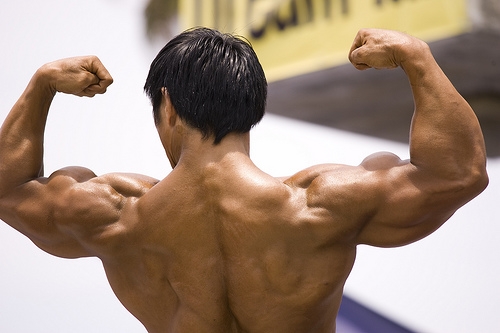
Building muscle can make your muscles bigger but it can also get rid of fat. It can cause you to bulk up, tone your body or slim down. The main difference between bulking up and slimming down is how long you focus on the same routine. To slim down try to get better at an activity by increasing your strength and endurance. Once you start to get good at it switch to another exercise that uses different muscles or uses your muscles differently.
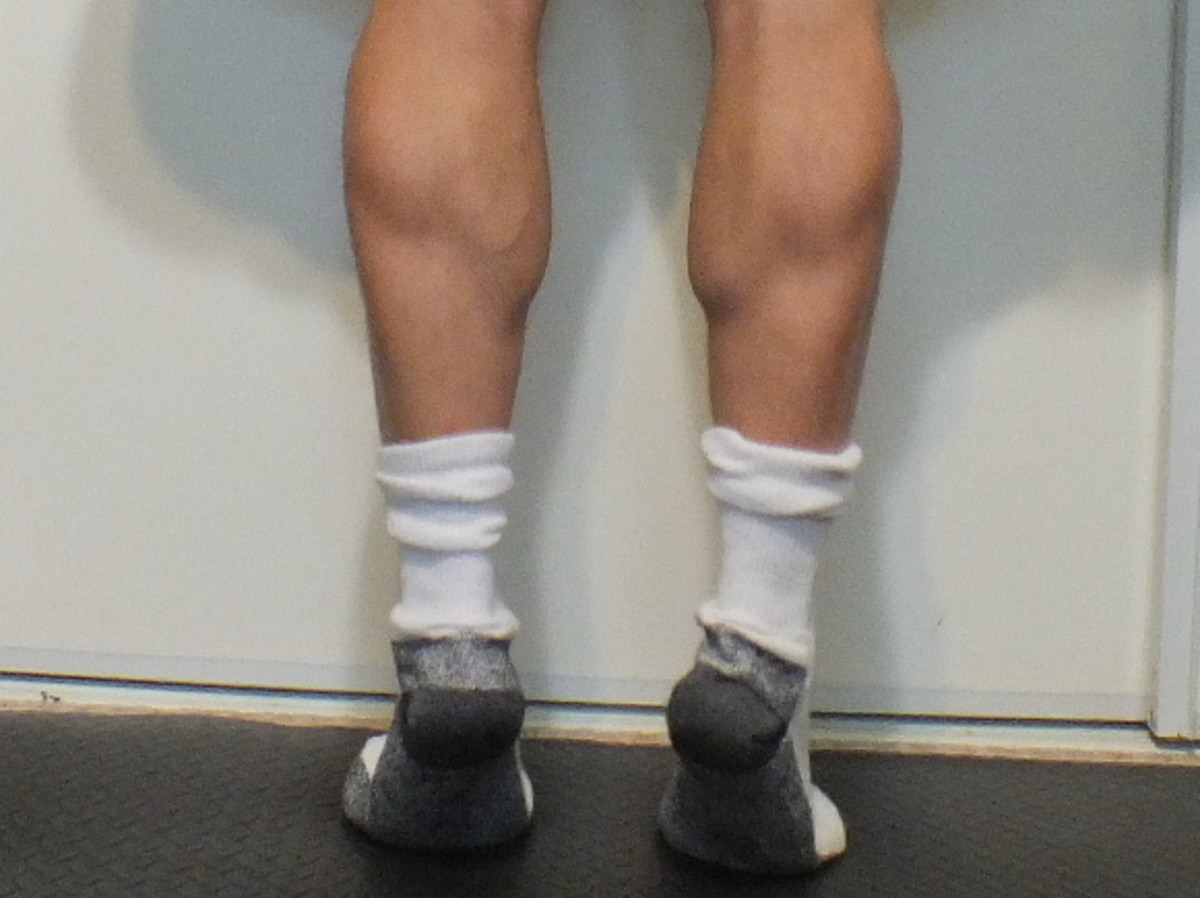
To bulk up get good at something and keep working at getting better until you have the results you want. To maintain the muscle continue to workout without trying to exceed your current limits. Focusing on endurance for leaner muscles can help you slim down and focusing on strength can help you bulk up. However endurance exercises like biking can give you huge muscles if do them on a regular basis.
My calf muscles are huge from biking long distance and I only bike one day a week for four months during the summer. After 8 months of not biking my calf muscles will be smaller but still big. Lots of lean people that focus on endurance exercises have large calf muscles. If you want to avoid having a few huge muscles vary the exercises and the muscles you are working out. Personally I like being lean with a few large muscles but some people are afraid to exercise because they don't want their muscles to get bigger.
Adapting to Your Routine
People that do a lot of running, bicycling or swimming are usually lean. Having extra weight and extra resistance makes doing those activities harder. So holding onto extra muscle is not a priority. People that exercise in a gym lifting weights benefit from being bulky. Think of the body type that works best with the exercises you are doing. Your body will not adapt to what you want. It will adapt to what you are doing.
If you adapt to exercises that have you moving around a lot and to exercises where you lifting weight while standing or laying down then your body is not going to be able to optimize itself for either activity. I have been cardio and weight lifting. If I wanted to slim down I would need to do less weight lifting. If I wanted to bulk up I would need to do less biking and running.
Slimming down vs bulking up
Slimming Down
| Bulking Up
| |
|---|---|---|
Level of effort
| moderate
| vigorous
|
Duration of workout
| long
| short
|
Between sets
| short break
| recover
|
Focus
| full body
| individual muscles
|
Movement
| fast
| slow or explosive
|
Routine
| change often
| stick with it
|
Type
| cardio or bodyweight
| weights
|
This is a simplified comparison.
Push Up Routine Example
Lots of people do push ups. They are a good exercise to do if you are trying to slim down. I was doing the standard push ups to help me get rid of fat. I would do as many as I could at a fast pace, take a quick break and then do some more before moving on to a different exercise that worked different muscles or I would alternate between push ups and other exercises. The workout was long and not very intense. When the routine was no longer challenging enough I started a new workout routine with different exercises. Doing the push ups helped me slim down but my muscles did not look bigger.
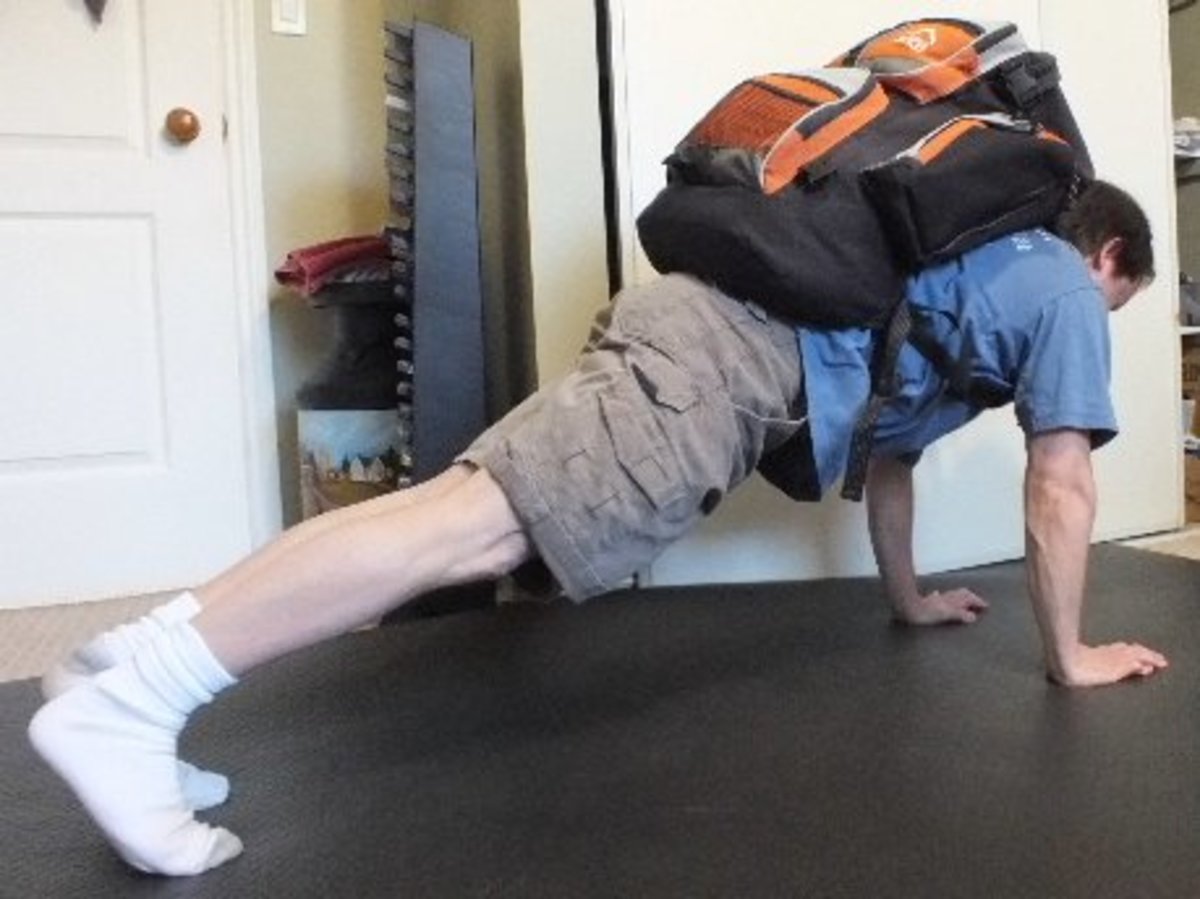
The usually way I did push ups did not help me become more muscular. So I made up a new push up routine that included more difficult push up variations. The routine consisted of push ups, diamond push ups, incline push ups, decline push ups, one handed push ups, exploding push ups and a few other variations. I made sure each set of push ups were difficult. For some sets I started wearing a heavy backpack. It was a short but vigorous workout.
For each set I did a maximum of 12 push ups to focus on strength. I rested as much as I need to so I could finish the workout. To reduce the amount of time I needed to rest between sets I did some less intense variations. The focus was on my chest, triceps , shoulders and ab muscles. Since the focus was on strength I either did the push ups at a slow pace or did them fast using extra power to push myself off the ground. I stopped doing that push up routine when my chest bulked up more than I wanted it to.
Check out how to vary your push-up routine to learn about the different push-up variations.
© 2013 Michael H


